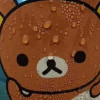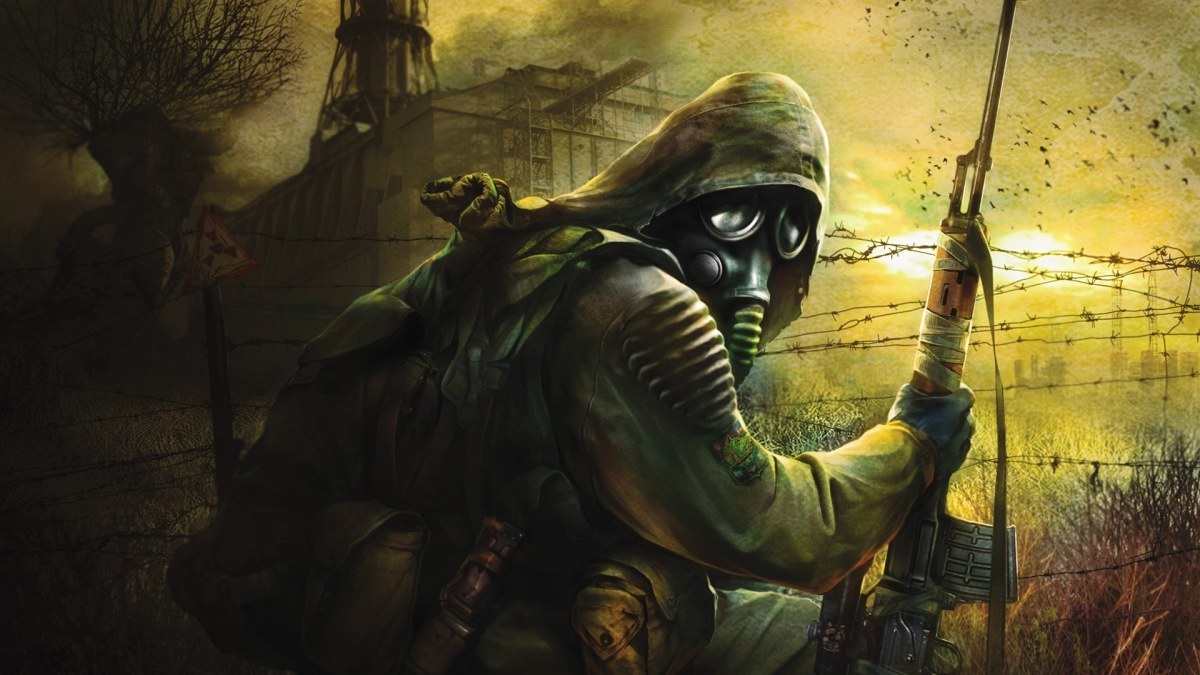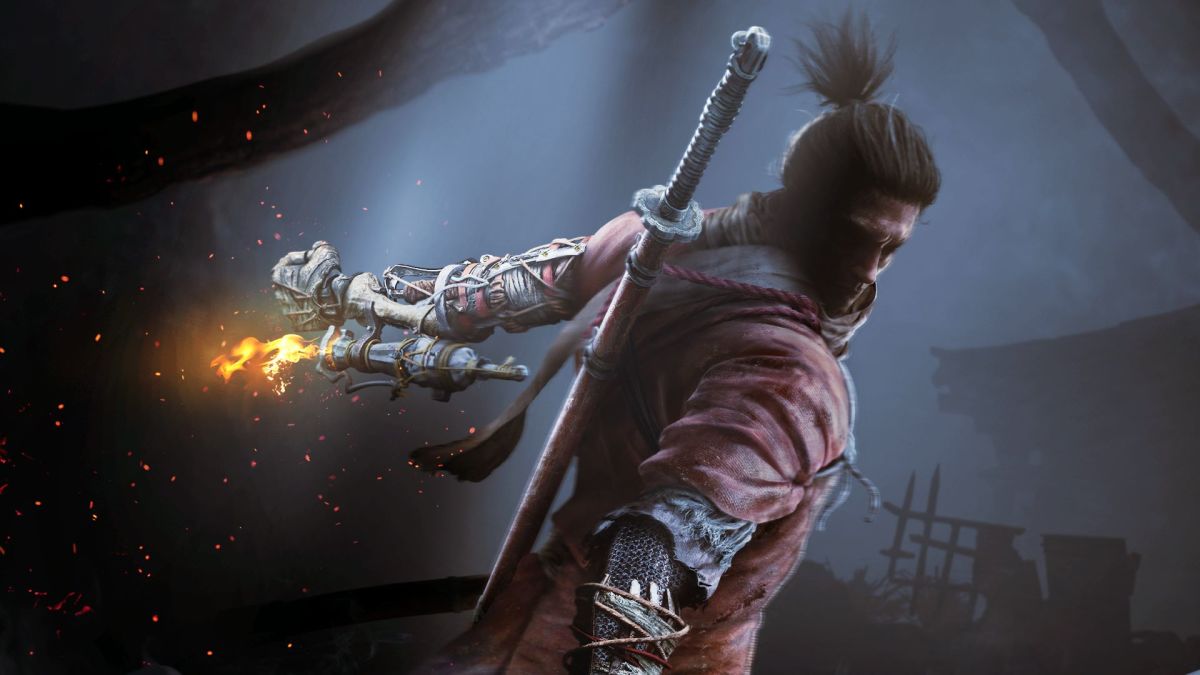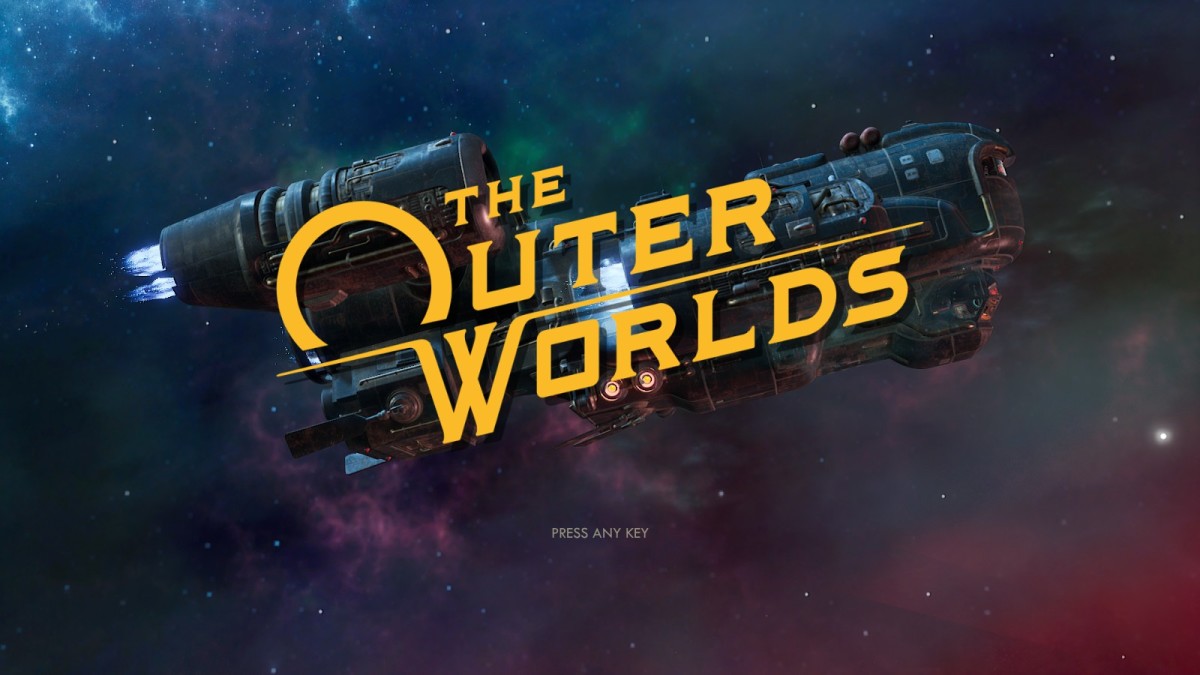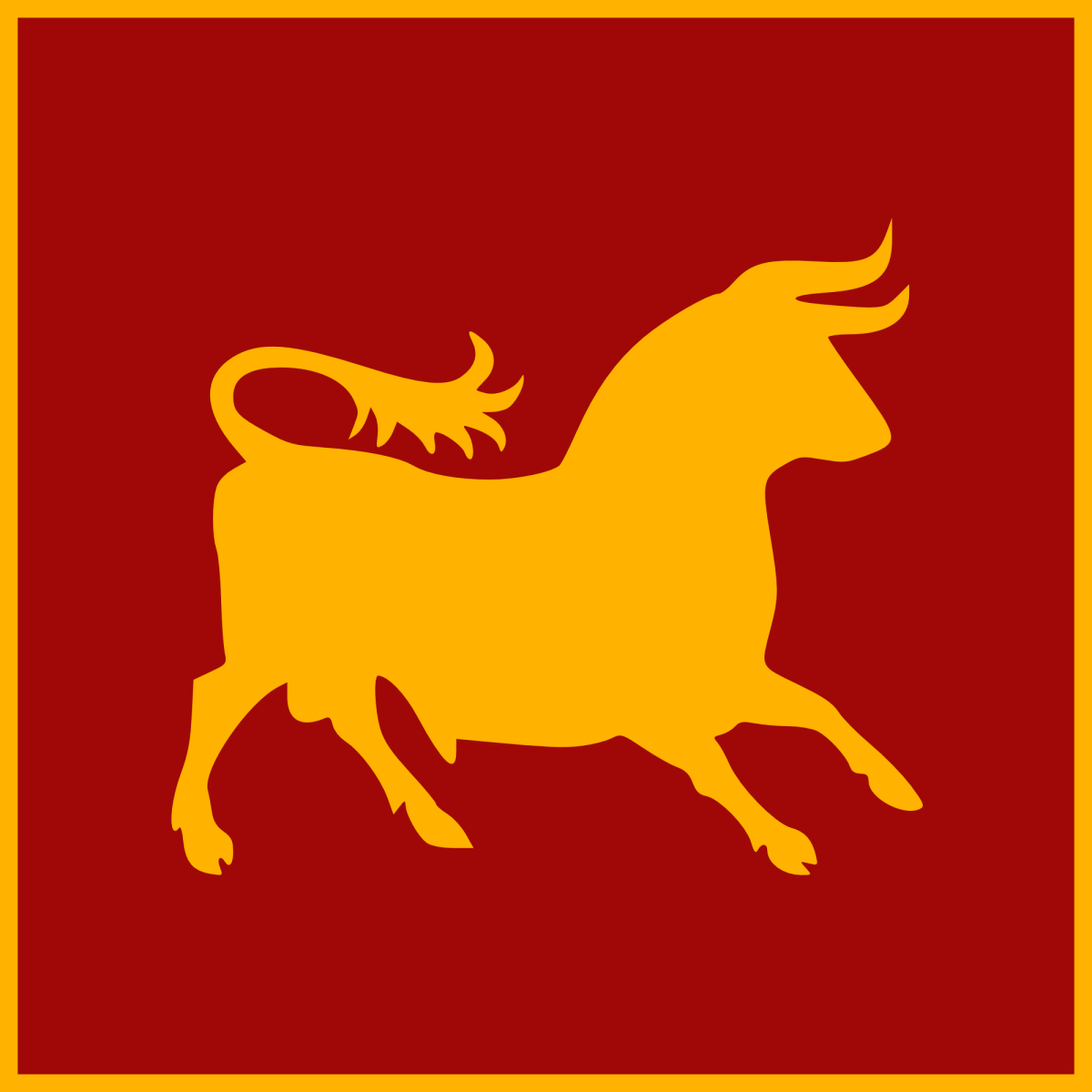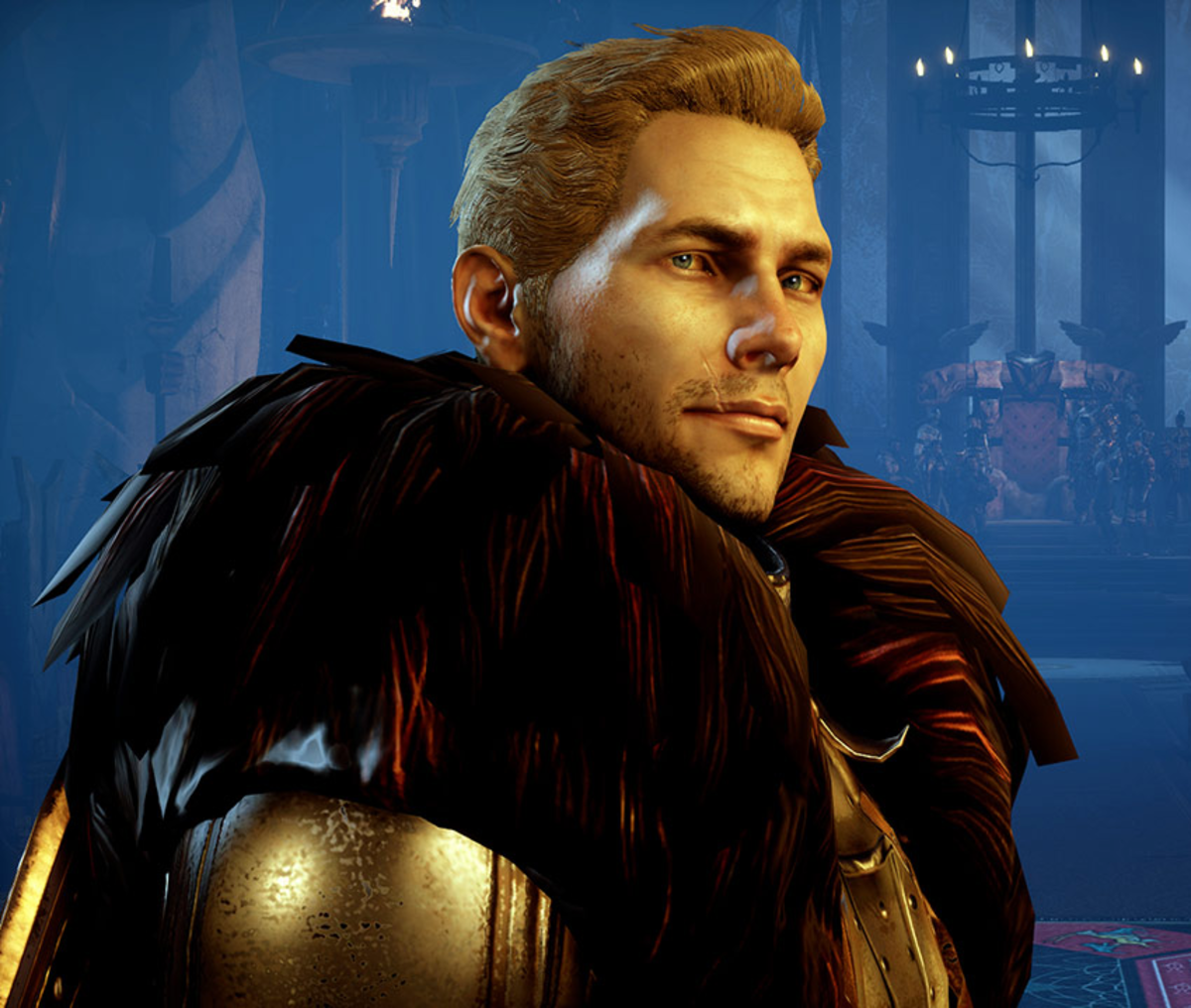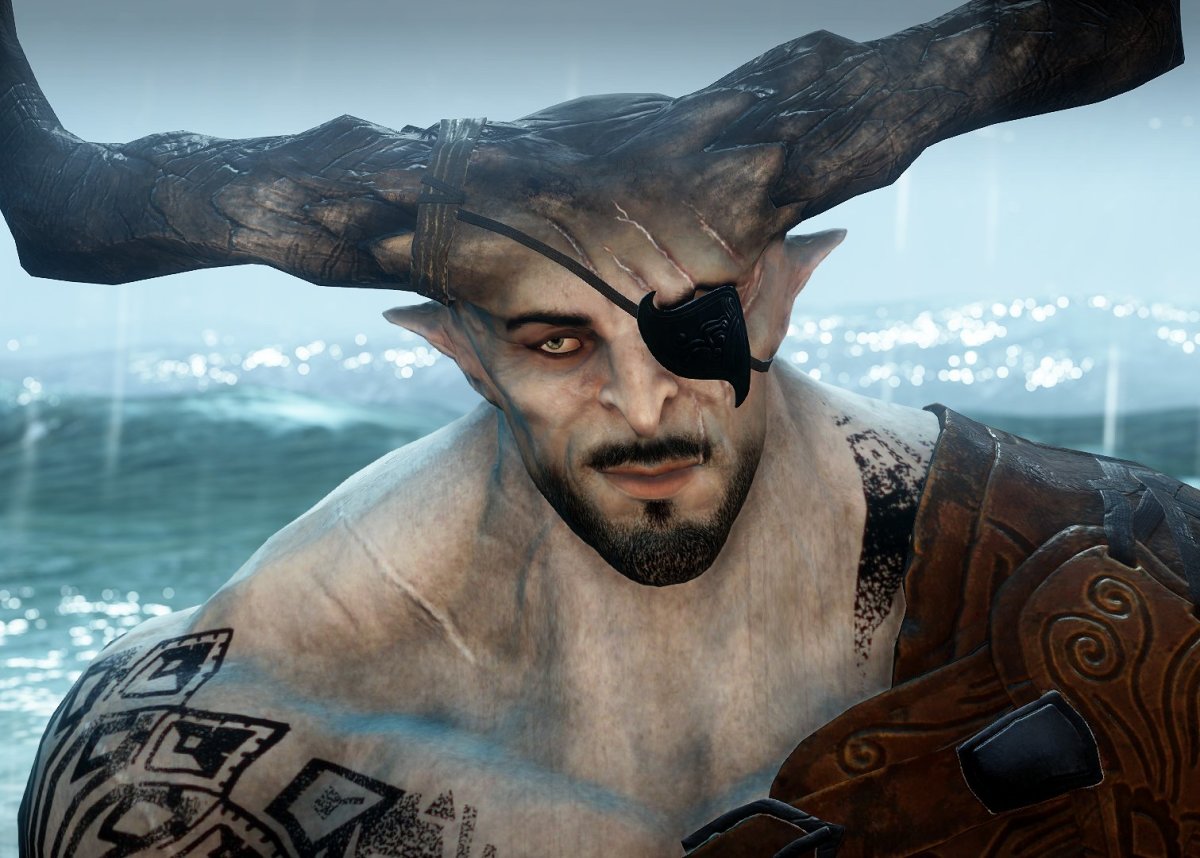- HubPages»
- Games, Toys, and Hobbies»
- Computer & Video Games»
- Roleplaying Video Games
Outer Worlds Review
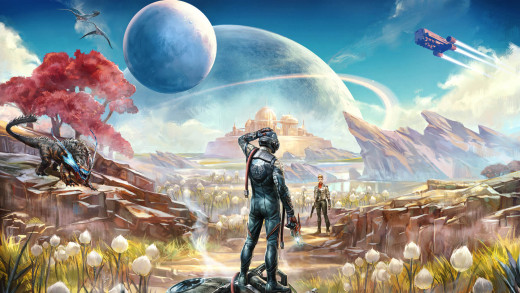
The Outer Worlds is an open-world first-person RPG developed by Obsidian Entertainment, the makers of games such as Fallout: New Vegas, Pillars of Eternity, and Knights of the Old Republic. Fallout: New Vegas is heralded as one of, if not the best Fallout games by die-hard fans. Fans of New Vegas were craving more from this talented studio, and Obsidian’s response was the Outer Worlds.
The game takes place many years in the future in the Halcyon system. Once Humanity unlocked intergalactic space travel a group of ten companies formed together to create the Halcyon Company. They set out into space and took control of the Halcyon system. You play as a new arrival who was cryogenically frozen so you can be transported to the system to work. Your ship was lost in transit and remained lost for over 70 years.
You start the game by being awoken by a scientist known as Phineas Welles, who becomes a sort of guide throughout the game. He explains to you that the only reason he was able to wake you was through the use of a special liquid. Phineas tells you that you must secure more of this liquid so he can wake up the thousands of other people aboard the ship. This sends you on a planet-hopping journey all around the colony.
Right from the get-go, it is obvious that the game draws heavily from other games of its ilk, such as the aforementioned Fallout: New Vegas. Dialogue, exploration, and combat play out much the same but with enough twists to keep it somewhat unique.
The combat is the standard first-person shooting action experience, with some ways to mix up the experience. There are two basic paths you can take in combat: melee and ranged. These then branch out into play styles involving stealth, heavy weapons, close/long-range, and an assortment of different damage types. The Outer Worlds also gives players access to a mid-air dodge move that can be used to close distance, retreat, or to quickly get behind a piece of cover. The main mechanic other than basic combat is the inclusion of the “Tactical Time Dilation (TTD)” ability. It allows the player to slow down time. Similar to VATS in Fallout, TTD gives you the ability to inflict debuffs on your enemies if you damage specific body parts.
The combat is overall fairly standard for this type of game. However, it does seem to be a step back when compared to games like the Elder Scrolls and Fallout. There are no other weapon types besides guns and melee weapons. There are no grenades, mines, throwing weapons, or otherwise unique types of weapons. This lack of variety may be a dealbreaker for some people who like to play these games for the combat element.
While the combat may be lacking compared to other games, it makes up for it with its world and dialogue. Obsidian has been known for making very well written stories and NPCs in their games, and The Outer Worlds is no exception. The Hyper-Capitalism of the Halcyon system has made nearly every person living there an underling for the companies. Throughout the game, you will encounter all of the people who lie on the corporate totem pole. From tired overworked retail workers to the CEOs that own everything, and everyone in-between. You can choose to work for or against the companies, or do both if it serves your personal needs. The game does not force you any which way, which is what makes the quests in this game so great.
There are many different ways to resolve questlines, and not all of them will be obvious. This does not just include dialogue choices, but combat as well. There were multiple times that I noticed alternate routes throughout the world that would allow you to complete certain quests without harming or talking to anybody. The result of certain questlines will also influence dialogue later on. There was one quest I did where a character had commented on me killing a character that appeared earlier in the game. Killing that character was completely optional, and I was impressed at how much detail was put into scenarios like that.
The companions in the game are another strongpoint of The Outer Worlds. There are six in total, each with their unique personalities, combat traits, and storylines. You are allowed to have two with you at once. Each companion has a special attack that they can perform that will give you unique options in combat. They will also chime in on most dialogue in the game, which usually brings new information and perspectives on the matter at hand. Each companion is likable in their own way and has different passive benefits they can give you, such as increasing your skills.
While the setting is fantastic out in The Outer Worlds, there are still some things that could be improved. Many NPCs will not move from where they are posted. Some have simple patrols they follow, but this is rare. I did not notice this right away, but as I noticed it more and more it started to become apparent in most areas of the game. I would have also liked to see a little more robust physics system. There is ragdoll physics, but enemy bodies and lootable items in the environment will stay where they are even if you blow them up with a grenade launcher. These are nitpicks, but I do believe if a sequel were to be released these would be things that I think will only help bring the world to life.
The Outer Worlds is an enjoyable experience, even if it lacks certain features that other games similar to it have had for a long time. It is a game worth playing if you enjoy story-driven RPGs and games that allow you to solve problems in a variety of ways.
Final Score: 6/10
